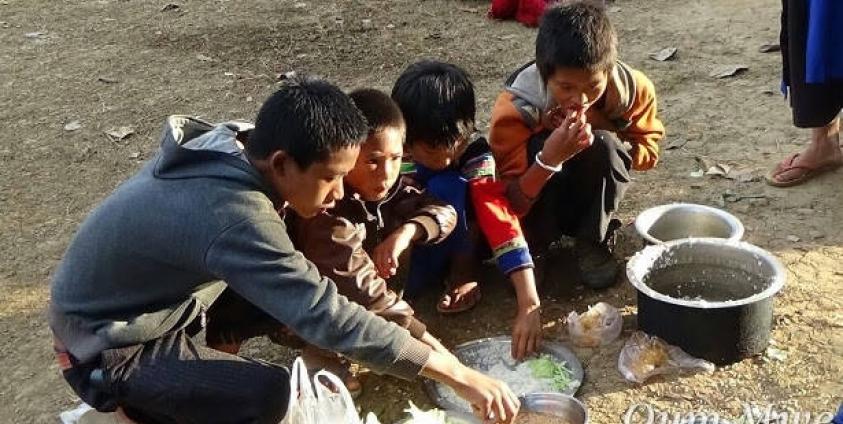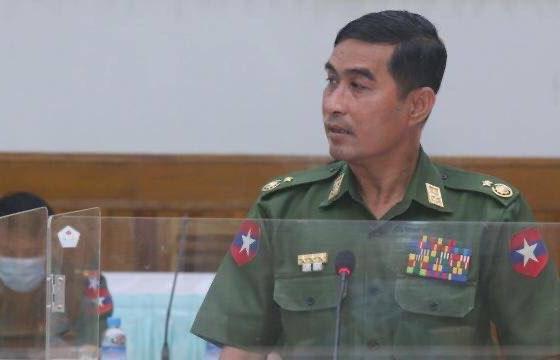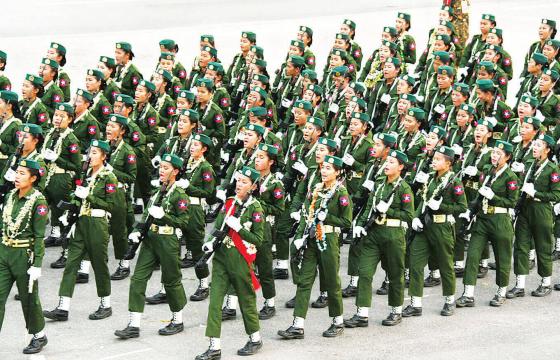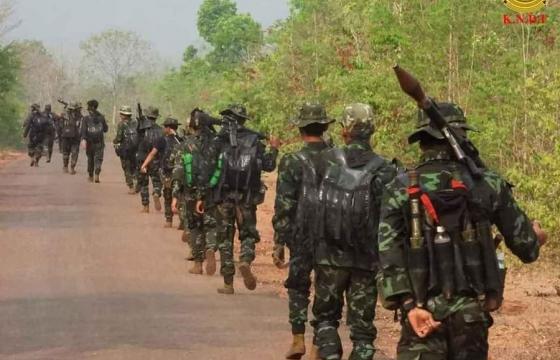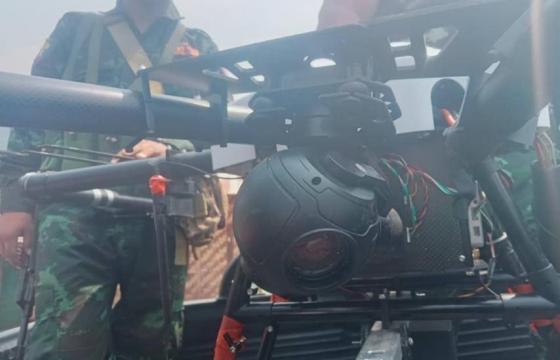Shan State’s 10,000-plus internally displaced people (IDPs) are now dispersed between more than ten locations in six townships, according to data collected by the Tai Youth Network (TYN).
After TYN had delivered 300 bags of rice and 500,000 kyat (almost $400 USD) to an informal camp for nearly 1,000 IDPs in Wan Wa Village, Kesi Township Sai Hseng Murng of TYN said: “No organization is helping them."
Local sources said that the aid that has reached the IDPs has been collected and distributed through community-based relief networks rather than international organisations.
Sai Hseng Murng said: 'Cold season is coming and they need more help."
Sai Thurein Oo, an MP representing Namzang in the Shan State Parliament intends to go check Hai Pa in Mong Hsu Township, where there are an estimated 1,500 IDPs, because he is very concerned about the conditions there.
He said: "“The local people told us, ‘don’t go,’ because the Burma Army won’t let anyone through. No one has been able to contact the Hai Pa IDPs since 8 November.
According to local merchants Burma Army checkpoints on roads in the area are also restricting the amount of aid reaching IDP camps by blocking the transport of any large amounts of rice to Mong Hsu.
Mong Hsu and Kesi have been the sites of recent fighting and were previously host to 6,0000 displaced civilians, a number which increased by 40 per cent after the current offensives began on 10 November, two days after Burma held its first inclusive elections in 25 years.
In the past week, the crisis has extended to new locations, as IDPs have also sought refuge in Laikha, Mong Yai, Namzang Townships and Lashio in northern Shan State.
 18 November was the third day of escalated Burma Army offensives near the Shan State Progress Party/Shan State Army-North (SSPP/SSA-N) headquarters, according to a statement released that day in Burmese by the SSPP/SSA-N.
18 November was the third day of escalated Burma Army offensives near the Shan State Progress Party/Shan State Army-North (SSPP/SSA-N) headquarters, according to a statement released that day in Burmese by the SSPP/SSA-N.
The statement read: “They attacked with artillery and fighter jets and reinforced their troops. The refugees are increasing day by day. They have lost their property.and they have had to leave their homes and flee. The farmers cannot harvest their rice. The children cannot attend school.”
On 16 November the Burma Army once again attacked the village of Wan Saw, formerly an IDP safe haven, with helicopters and fighter jets, displacing the civilians who remained there and those who had returned after an artillery attack there six days earlier.
Major Sai Su, spokesperson for the SSPP/SSA-N told SHAN that civilians from five villages surrounding Wan Saw fled when they saw the jets on Monday, which added to the number of IDPs in the area.
Fighter jets reportedly dropped bombs near the SSPP/SSA-N Wan Hai base on 17 November. Ground forces from Kyu Mawk Khao Burma Army base continued the attack using heavy artillery in the early morning hours of 18 November.
Burma Army artillery attacks have been regularly documented in the central Shan State since they started their current offensive on 6 October.
By SIMMA FRANCIS / Shan Herald Agency for News (S.H.A.N)
Reporting by NANG HOM and SAI YIPHONG / Shan Herald Agency for News (S.H.A.N)
Edited in English by Mark Inkey for BNI

